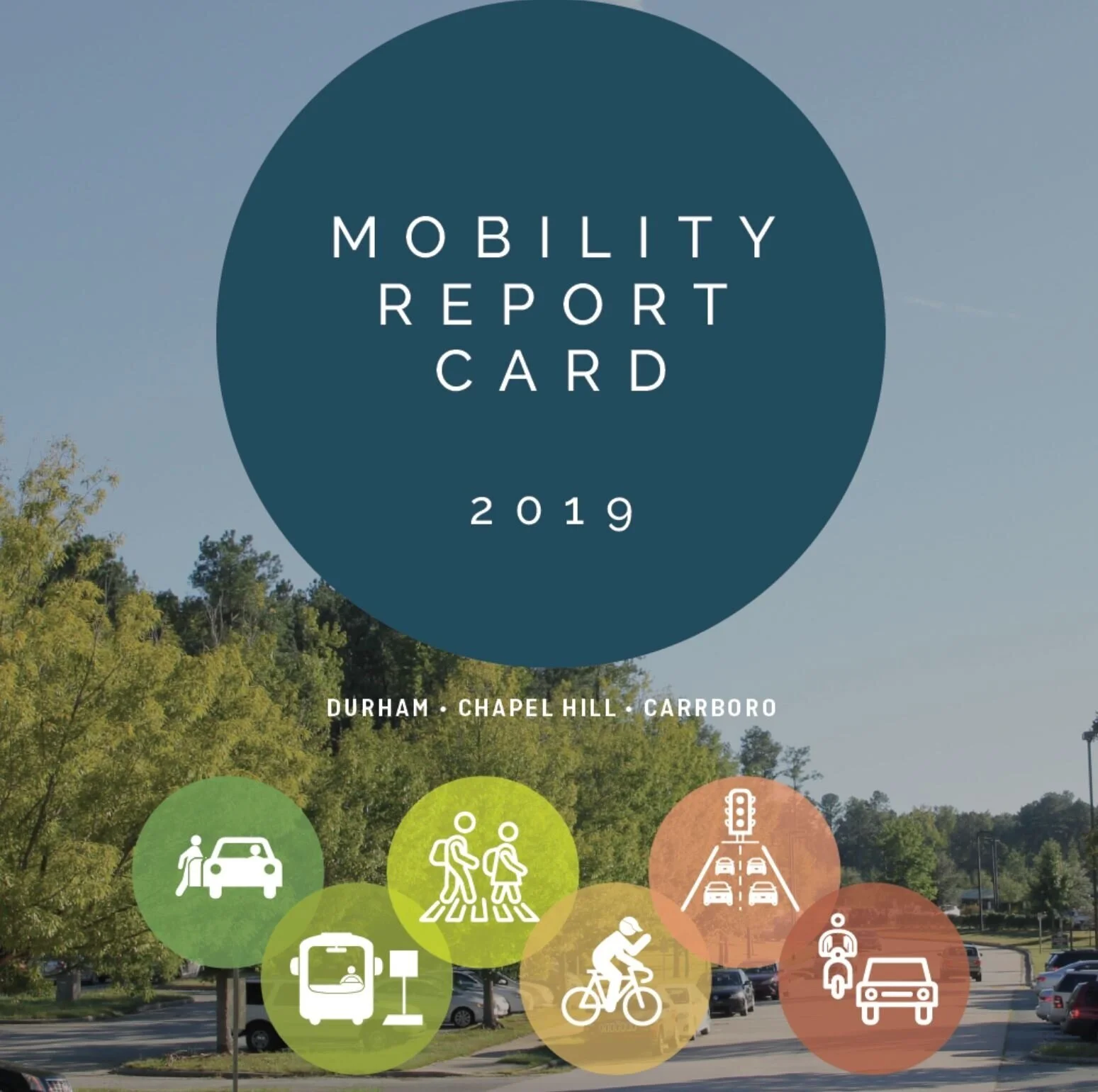Community Design with Caroline Dwyer
Public health challenges permeate our cities. From streets that discourage pedestrian activity, to inaccessible healthcare facilities, to dangerous intersections, the negative impacts of the built environment erode a strong sense of place and harm our physical and mental well-being.
However, cities also inspire public health innovations. Attempts to fight infectious disease, pollution, and social inequities led to advancements in public sanitation, water systems, and improved public health. There is a clear consensus that cities can facilitate improved quality of life and healthy communities with the right planning and policies. For example, accessible public green spaces and safe, walkable neighborhoods are both associated with reduced stress and mental illness, increased physical and social activity, and improved attention span.
As the global migration to urban areas continues, how can city planners support healthy communities? How can we plan and implement transportation systems, built environments, and public spaces that improve health for all residents?
These questions are at the forefront of the minds of many planners, including Renaissance Planning Project Manager Caroline Dwyer. Caroline and her co-authors explore the relationships between city planning and public health in, “Validating a comprehensive plan scoring system for healthy community design in League City, Texas,” included in Urban Design and Human Flourishing published in March 2021. As the book chapter describes, city planning, urban design, and public health became increasingly disassociated as epidemiological focus shifted from infectious diseases (such as cholera, typhoid, and flu) to chronic diseases (like heart disease) during the 20th century.
Reconnecting Public Health and City Planning
At the dawn of the 21st century, new connections forged between public health and city planning and design. Technological advances have allowed the health impacts of the built environment to be explored and quantified in new ways and new programs, groups, and organizations are emerging in response. One example is Environmental Protection Agency’s (EPA) Healthy Places for Healthy People technical assistance program, managed by the Office of Community Revitalization (OCR). This program builds community capacity, helping to leverage health care anchor organizations and institutions in creating walkable, lively downtowns and neighborhoods and improving community health.
“Validating a comprehensive plan scoring system for healthy community design in League City, Texas,” posits those comprehensive plans—the guides that provide long-term visions for a city or county’s development and growth—play an instrumental role in determining future built, natural, and social environments and, as such, facilitate vibrant and healthy communities. For example, a comprehensive plan that recognizes health inequities and promotes mixed-use, compact development meets an essential prerequisite toward building a dynamic, health-centric city.
To quantitively explore the inextricable connections between public health and city planning, the article’s authors used the Healthy Living and Active Design Scorecard (developed by Maiden et. al.) to assess the comprehensive plan of League City, Texas, in suburban Houston. The scorecard features three categories:
1. Overall plan, vision, and strategy: Does the plan’s guiding principles address public health?
2. Healthy living: Does the plan include goals, objectives, or actions related to healthy living, including mobility, exercise, food, and healthcare services?
3. Active design: Does the plan support and recognize key features of healthy cities, such as mixed-use and compact development, repurposed older buildings, affordable housing, connectivity between developments, and transit-oriented development?
The resulting study is a fascinating examination of assessing a comprehensive plan’s likelihood in supporting a cohesive, healthy city. This type of proactive and critical self-evaluation of plans can help city officials and planners determine if their own plans contain the building blocks to improving community health. The Healthy and Active Living Design Scorecard also demonstrates the renewed interest in the city planning and public health relationship. At Renaissance Planning, we continue to challenge ourselves to develop innovative tools deepening our ability to plan for and design healthy cities. And through this innovation we are helping create the next generation of cities that work.
For more information on Caroline’s work, check out Urban Design and Human Flourishing here. You can connect with Caroline on Twitter @plan_splaining or on LinkedIn.











